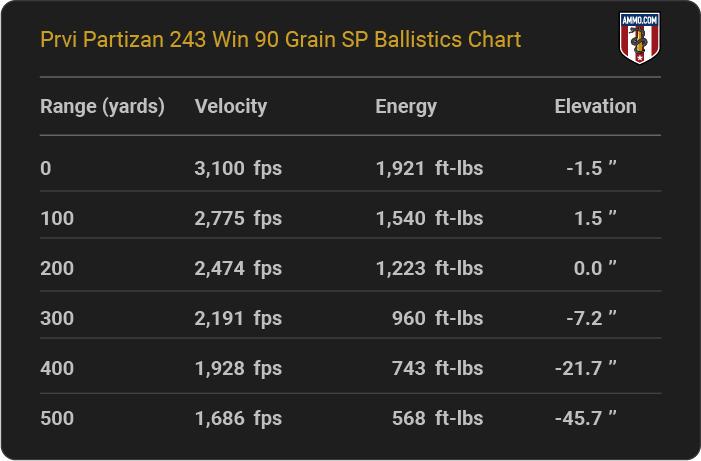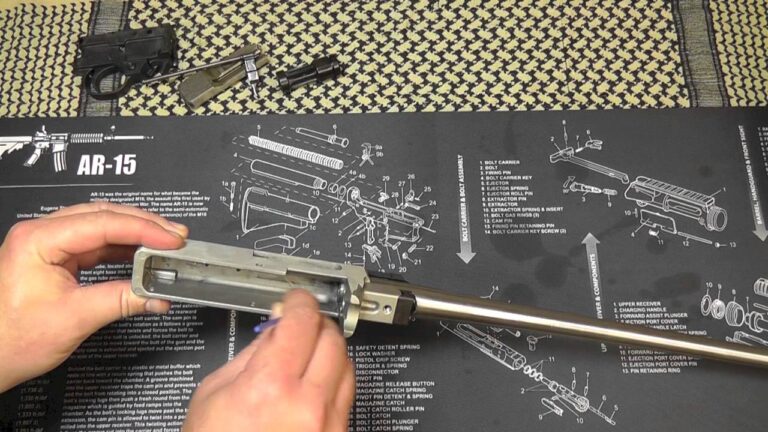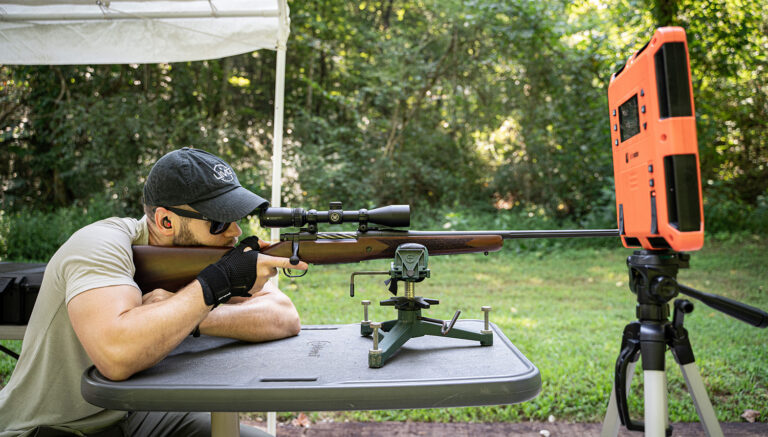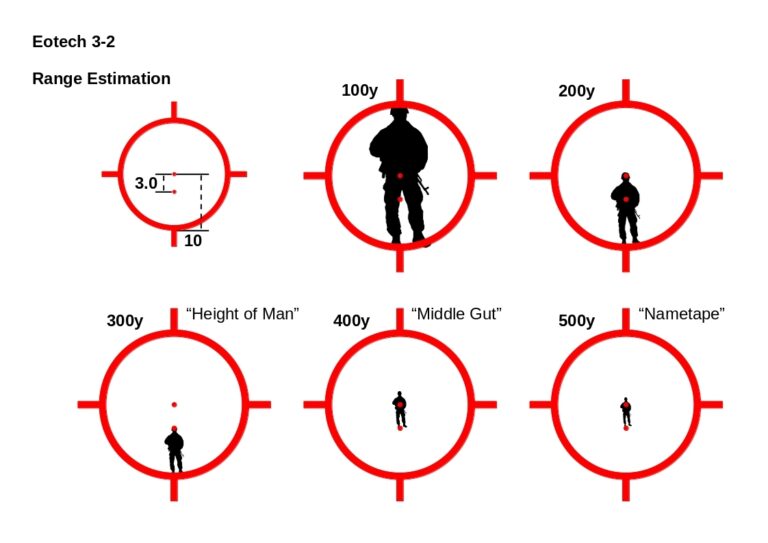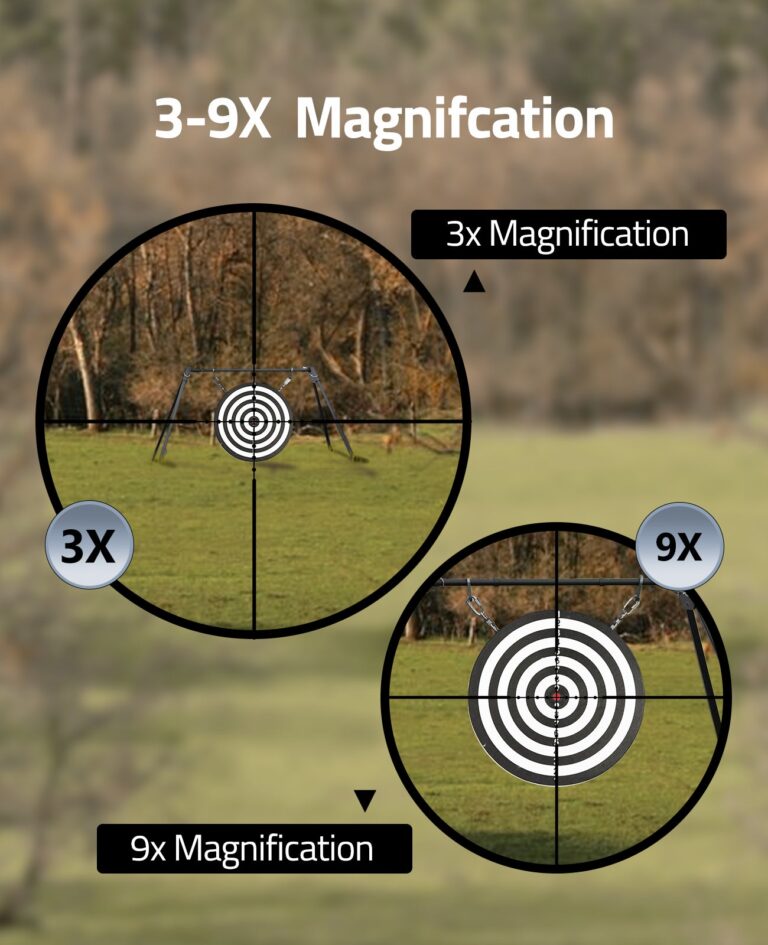How Fast Does a 243 Bullet Travel: Speed & Performance Insights
A .243 bullet travels at impressive speeds. Its velocity can range from 2,800 to 3,200 feet per second.
Understanding the speed of a. 243 bullet is crucial for hunters and shooting enthusiasts. This caliber is popular due to its versatility and performance. Knowing its speed helps in planning shots and improving accuracy. The. 243 bullet’s speed depends on various factors, including the type of bullet and the gun used.
This high-speed bullet is favored for its flat trajectory and effective range. In this blog post, we will explore the factors affecting the speed of a. 243 bullet, its uses, and why it is a preferred choice for many. Stay tuned to learn more about the dynamics of this powerful ammunition.
Introduction To The .243 Bullet
The. 243 bullet, known for its speed, can travel at approximately 3,000 feet per second. This impressive velocity makes it a popular choice for hunting and target shooting. Its fast travel ensures accuracy and effectiveness over long distances.
The .243 bullet is a popular choice among hunters. It stands out due to its speed and accuracy. Many people wonder about its travel speed.Brief History
The .243 Winchester was introduced in 1955. It quickly became a favorite for hunting small to medium game. The cartridge was designed by Winchester Repeating Arms Company.Usage And Popularity
Hunters use the .243 bullet for deer, coyotes, and even varmints. Its versatility is impressive. The bullet is known for its flat trajectory and minimal recoil. This makes it ideal for both new and experienced shooters. The .243 bullet also performs well in long-range shooting. Its popularity continues to grow. Many appreciate its balance of power and precision. “`Specifications Of The .243 Bullet
A. 243 bullet travels at impressive speeds. Typically, it reaches velocities of around 2,900 to 3,200 feet per second. This makes it a popular choice for many hunters.
The .243 bullet is well-known for its speed and accuracy. It is a popular choice among hunters and shooters. Understanding its specifications helps in making informed decisions.Bullet Weight
The .243 bullet comes in various weights. These weights range from 55 to 115 grains. The most common weights are 80 and 100 grains. Lighter bullets travel faster but may have less impact. Heavier bullets are slower but provide more power.Caliber Details
The .243 caliber is known for its versatility. It measures .243 inches in diameter. This makes it suitable for different types of shooting. The .243 caliber provides a good balance of speed and power. It also offers excellent precision and minimal recoil. Understanding these specifications helps in choosing the right .243 bullet. It can enhance your shooting experience. Whether hunting or target shooting, the .243 bullet is a reliable choice. “`Factors Affecting Bullet Speed
Understanding bullet speed is crucial for shooters and hunters. Various factors influence how fast a bullet travels. In this section, we will explore the key elements that affect the speed of a .243 bullet.
Powder Type
The type of powder used in a bullet cartridge significantly impacts bullet speed. Different powders burn at different rates.
Faster-burning powders can accelerate the bullet more quickly. This results in higher velocities. Conversely, slower-burning powders may generate lower speeds.
Here is a table summarizing the impact of different powder types:
| Powder Type | Burn Rate | Impact on Speed |
|---|---|---|
| Fast-Burning | High | Increases Speed |
| Slow-Burning | Low | Decreases Speed |
Barrel Length
The length of the barrel also affects bullet speed. A longer barrel allows for more complete combustion of the powder.
This results in higher velocities. A shorter barrel, on the other hand, may not allow the powder to fully burn.
This can lead to lower bullet speeds.
Here’s a quick look at how barrel length influences speed:
- Long Barrel: Increases bullet speed
- Short Barrel: Decreases bullet speed
Choosing the right barrel length is important. It ensures optimal bullet performance.

Credit: www.smithandwessonforums.com
Average Speed Of A .243 Bullet
The .243 Winchester is a popular rifle cartridge. It’s often used for hunting and target shooting. The speed of a .243 bullet is important for accuracy and impact. Let’s dive into the average speed of this bullet.
Muzzle Velocity
The muzzle velocity is the speed of the bullet when it leaves the barrel. For a .243 bullet, this speed can vary. It depends on the type of bullet and the rifle used. On average, the muzzle velocity of a .243 bullet ranges from 2,900 to 3,200 feet per second (fps).
Here is a table showing different types of .243 bullets and their muzzle velocities:
| Bullet Type | Muzzle Velocity (fps) |
|---|---|
| 100 grain | 2,960 fps |
| 90 grain | 3,100 fps |
| 80 grain | 3,200 fps |
Impact Velocity
The impact velocity is the speed of the bullet when it hits the target. This speed decreases over distance. Factors like air resistance and gravity affect this.
To illustrate, here are average impact velocities at different distances:
- At 100 yards: around 2,750 fps
- At 200 yards: around 2,600 fps
- At 300 yards: around 2,450 fps
Impact velocity is crucial for hunting. A higher impact velocity ensures better penetration and expansion. This leads to more effective shots.
Understanding the average speed of a .243 bullet helps in making informed decisions. Whether you’re hunting or target shooting, knowing these speeds can improve your performance.
Comparing .243 Bullet Speed With Other Calibers
The .243 Winchester is a popular choice among shooters. Its speed and performance make it stand out. But how does it compare with other calibers? Let’s look at .223 Remington and .308 Winchester to find out.
.243 Vs .223
The .223 Remington is known for its speed. It can travel up to 3,700 feet per second. The .243 Winchester, on the other hand, usually reaches around 3,000 feet per second. While .223 is faster, .243 offers more power and range. This makes .243 a better choice for hunting larger game.
.243 Vs .308
The .308 Winchester is a powerful round. It travels at speeds up to 2,800 feet per second. This is slightly slower than the .243 Winchester. But .308 bullets are heavier and deliver more energy on impact. This makes .308 a favorite for hunting big game and long-range shooting.

Credit: survivalstoic.com
Performance In Different Scenarios
The speed of a .243 bullet can vary based on different scenarios. Its performance is influenced by factors such as the type of shooting activity and the environment. Understanding these can help you make better decisions whether you are hunting or target shooting.
Hunting
Hunting with a .243 bullet is popular due to its balance of speed and power. A .243 bullet can travel at speeds up to 3,000 feet per second. This high velocity ensures swift and humane kills.
- Effective range: 200 to 300 yards
- Best for: Medium-sized game like deer and coyotes
Hunters value the flat trajectory of the .243 bullet. It requires less adjustment for distance. This makes it easier to hit targets at varying ranges.
Target Shooting
In target shooting, accuracy and consistency are key. The .243 bullet excels here too. It maintains a high velocity, ensuring minimal drop over distance. This makes it ideal for long-range shooting.
| Distance (yards) | Velocity (fps) |
|---|---|
| 100 | 2900 |
| 200 | 2800 |
| 300 | 2700 |
Consistency is crucial for competitive shooting. The .243 bullet provides this, making it a favorite among marksmen.
It also has low recoil. This allows shooters to stay on target for follow-up shots.
Enhancing Bullet Speed
Enhancing bullet speed is crucial for shooters seeking precision and power. A faster bullet translates to better performance and accuracy. Several techniques can help improve the speed of a .243 bullet. Let’s explore two effective methods: reloading techniques and custom barrels.
Reloading Techniques
Reloading your own ammunition can significantly enhance bullet speed. With the right powder and bullet weight, you can achieve optimal velocity.
- Choose a faster-burning powder for higher speed.
- Adjust the bullet seating depth to minimize friction.
- Use lighter bullets to increase speed.
- Ensure precise measurements for consistent results.
Consistency is key in reloading. Regular practice and meticulous attention to detail can make a noticeable difference in bullet speed.
Custom Barrels
Custom barrels offer another way to boost bullet speed. A well-crafted barrel can optimize bullet travel and reduce resistance.
- Choose a barrel with a tighter twist rate.
- Opt for a longer barrel to increase velocity.
- Consider a barrel made from high-quality materials.
- Ensure proper maintenance for lasting performance.
Custom barrels can be an investment, but they provide significant improvements in speed and accuracy. The right barrel can make all the difference in your shooting experience.
Safety Considerations
Understanding the speed of a .243 bullet is fascinating. But, safety considerations are crucial. Handling firearms and understanding their impact is essential. This section covers proper handling and environmental factors.
Proper Handling
Proper handling of a .243 rifle is vital. Always treat it as if it is loaded. Never point it at anything you do not intend to shoot. Keep your finger off the trigger until ready to fire. Use safety gear like ear and eye protection. Check the gun’s condition regularly. Clean and maintain it well.
Environmental Factors
Environmental factors affect bullet travel. Wind, humidity, and temperature play a role. Strong winds can alter a bullet’s path. High humidity can slightly slow it down. Extreme temperatures impact the gunpowder’s burn rate. Always consider these factors before shooting. They help in ensuring safer and more accurate shots.
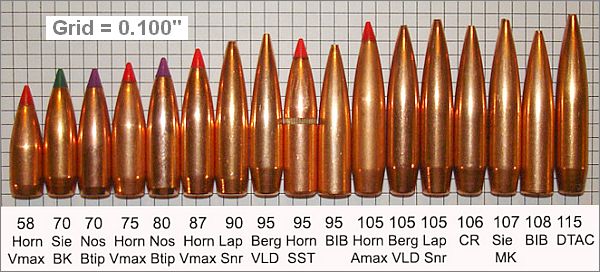
Credit: www.accurateshooter.com
Frequently Asked Questions
How Fast Does A .243 Bullet Travel?
A. 243 bullet can travel at speeds between 2,900 and 3,200 feet per second. The exact speed depends on the bullet type and load.
What Factors Affect .243 Bullet Speed?
Several factors influence. 243 bullet speed, including bullet weight, powder charge, barrel length, and atmospheric conditions. These factors combined determine the bullet’s velocity.
Is .243 Bullet Speed Suitable For Hunting?
Yes,. 243 bullet speed is suitable for hunting. Its high velocity ensures effective performance for medium-sized game like deer and varmints.
Does Barrel Length Impact .243 Bullet Speed?
Yes, barrel length impacts. 243 bullet speed. Longer barrels typically provide higher velocities due to increased time for powder burn and pressure buildup.
Conclusion
The 243 bullet travels impressively fast. Its speed can vary by factors. These include bullet weight and gun type. Higher speeds mean greater accuracy and range. Hunters and shooters often prefer this caliber. Understanding bullet speed helps improve performance. Always prioritize safety when handling firearms.
A well-informed shooter makes better decisions. Keep learning about your equipment. Knowledge enhances your shooting experience. Remember, practice makes perfect. Stay safe and enjoy your shooting adventures.

